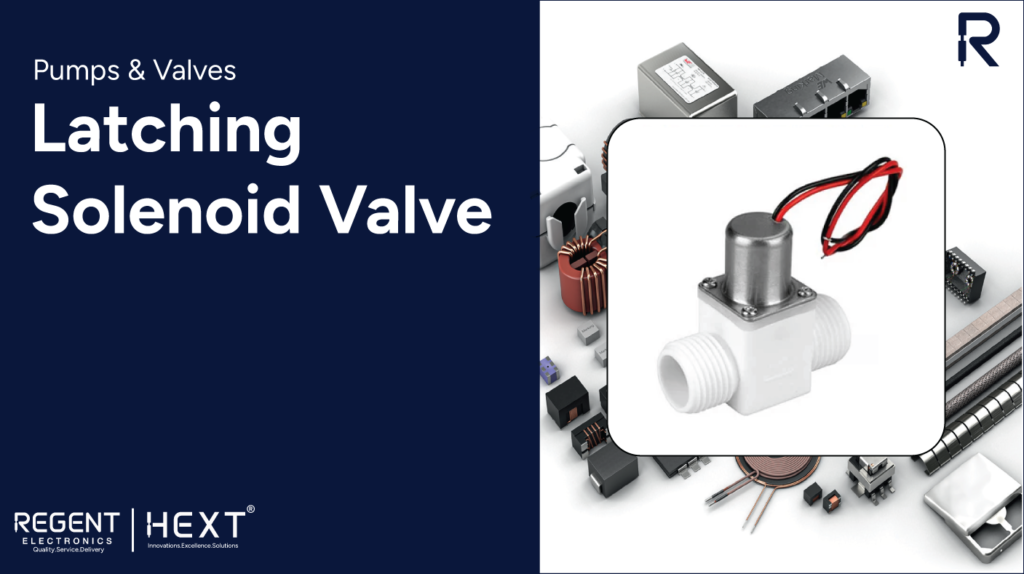
Latching Solenoid Valve: A Complete Guide to Its Functionality, Applications, and Usage

A latching solenoid valve is an essential electro-mechanical component used to control the flow of liquids or gases in various industries. Solenoid valves like these are vital for automating fluid control processes in applications where manual valve control is either difficult or impractical. With the rise in automation, latching solenoid valves are being widely used in industries such as water treatment, refrigeration, and medical devices, to name a few.
In this blog, we will cover the latching solenoid valve‘s functionality, design, how to use it, and common applications. By the end, you will have a clear understanding of how these valves work and why they are a popular choice for modern fluid control systems.

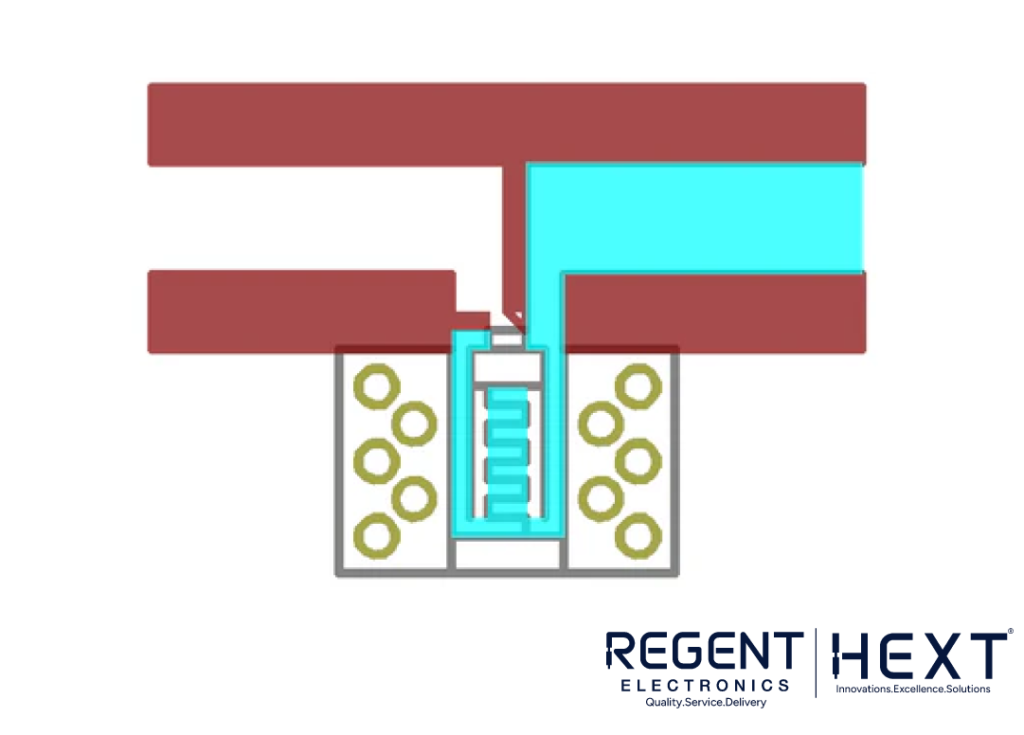
What is a Latching Solenoid Valve?
A solenoid valve is an electromechanical valve that uses an electrical current to control the flow of liquid or gas through a system. Solenoid valves are commonly found in industrial settings, automation systems, and even household appliances. They consist of a coil and a plunger, where the coil is energized by an electric current, causing the plunger to move and open or close the valve.
The latching solenoid valve, also known as a bi-stable solenoid valve, differs from traditional solenoid valves in that it requires a short current pulse to switch between two stable positions: open or closed. Once the valve switches to one position, it stays there without continuous power supply, which makes it ideal for battery-powered applications and environments with power limitations.
How Does a Latching Solenoid Valve Work?
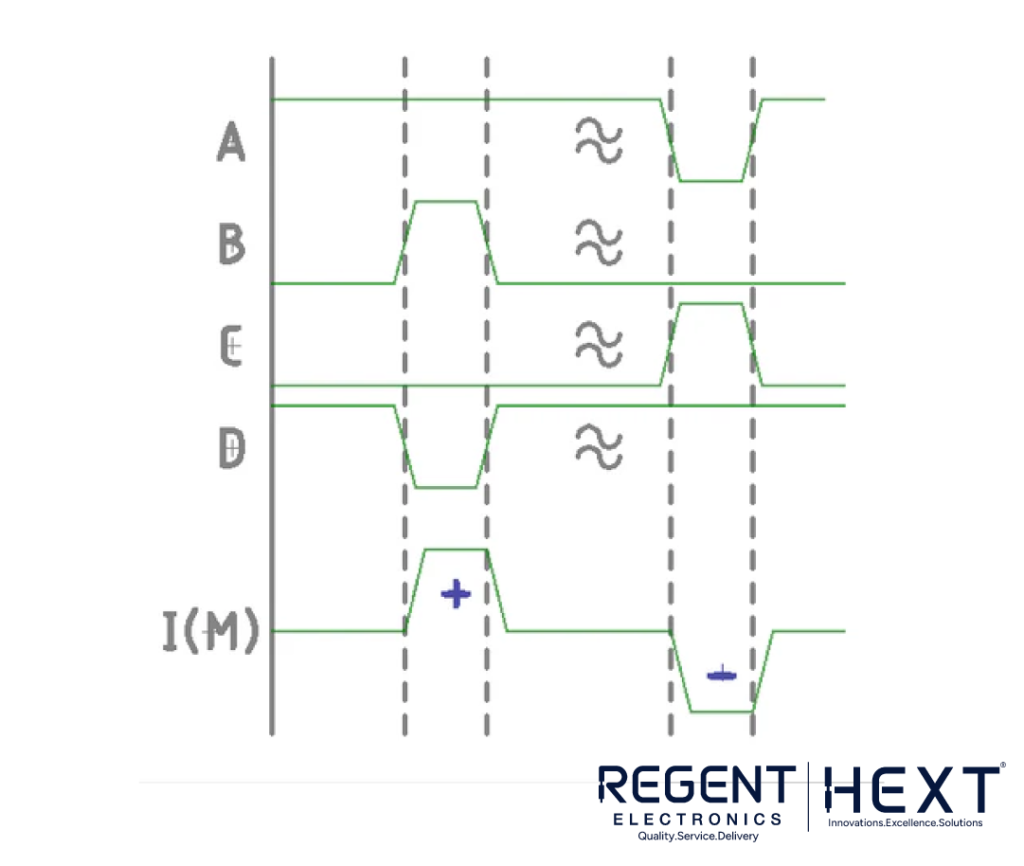
A latching solenoid valve uses a coil with a permanent magnet. When the coil is energized by a current pulse, it creates a magnetic field that moves the plunger. Once the pulse stops, the magnetic field from the permanent magnet holds the plunger in place, keeping the valve open or closed without consuming additional power.
To change the valve’s state, a reverse current pulse is applied, which cancels out the permanent magnet’s magnetic flux and allows the plunger to move back to its original position, closing the flow path. This unique feature eliminates the need for continuous power supply, making latching solenoid valves energy-efficient and well-suited for power-constrained applications.
Key Features of Latching Solenoid Valves
- Energy-Efficient: The valve remains in its last position without requiring continuous power.
- No Heat Generation: Unlike conventional solenoid valves, latching solenoid valves do not generate heat during operation.
- Quiet Operation: These valves produce no electrical noise or hum compared to traditional solenoid valves.
- Ideal for Battery-Powered Devices: Perfect for systems with limited or intermittent power sources.
How to Use a Latching Solenoid Valve

1. Using an H-Bridge for Control
One common way to control the latching solenoid valve is by using an H-Bridge circuit, which allows the application of both positive and negative current pulses to the valve. This method ensures that the valve switches positions accurately and reliably.
The typical H-Bridge circuit uses four MOSFETs (Metal Oxide Semiconductor Field-Effect Transistors) to manage the current flow. When a positive pulse is applied, the valve opens, allowing fluid to pass through. A negative pulse will switch the valve to its closed position.
Circuit Diagram for H-Bridge: The H-Bridge circuit shown here uses two P-channel MOSFETs and two N-channel MOSFETs, providing precise control over the valve’s switching mechanism.

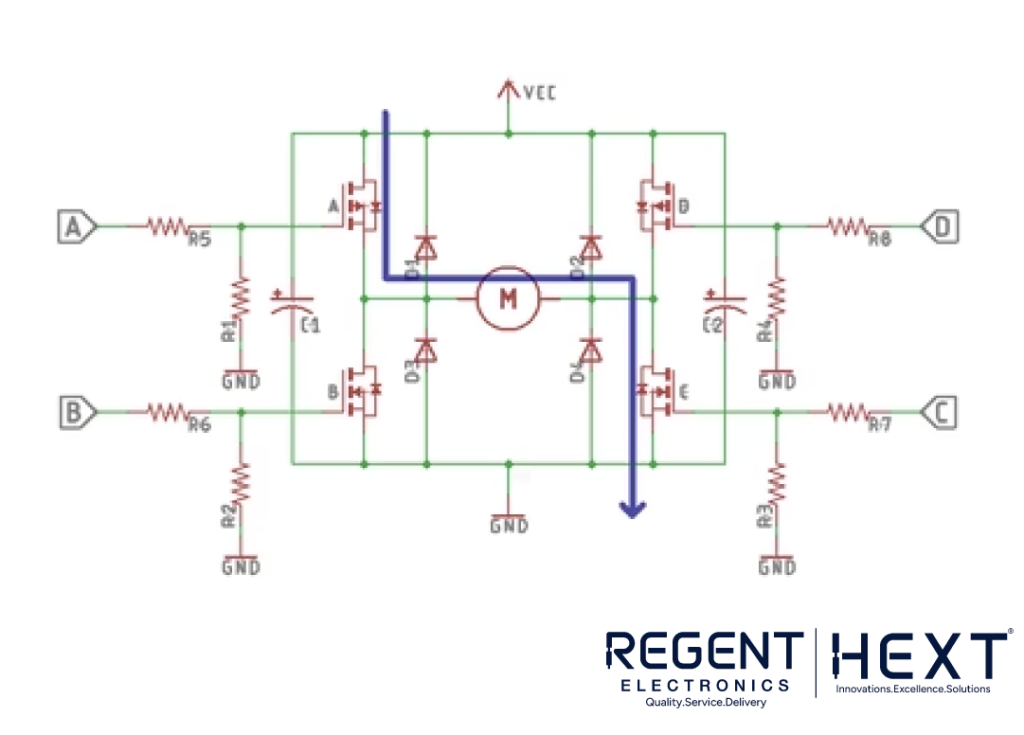
2. Using SPDT Relays

Another simple way to control the latching solenoid valve is through the use of SPDT (Single Pole Double Throw) relays. These relays can be used as a two-way switch to control the flow of current, enabling the valve to switch between open and closed states. The basic setup involves two relays: one for applying a positive pulse and another for applying the negative pulse.
Relay Circuit for Solenoid Valve: When the first relay is activated, it provides a positive pulse to the valve, opening it. The second relay applies a negative pulse, closing the valve. This method is easy to implement with minimal components and wiring.
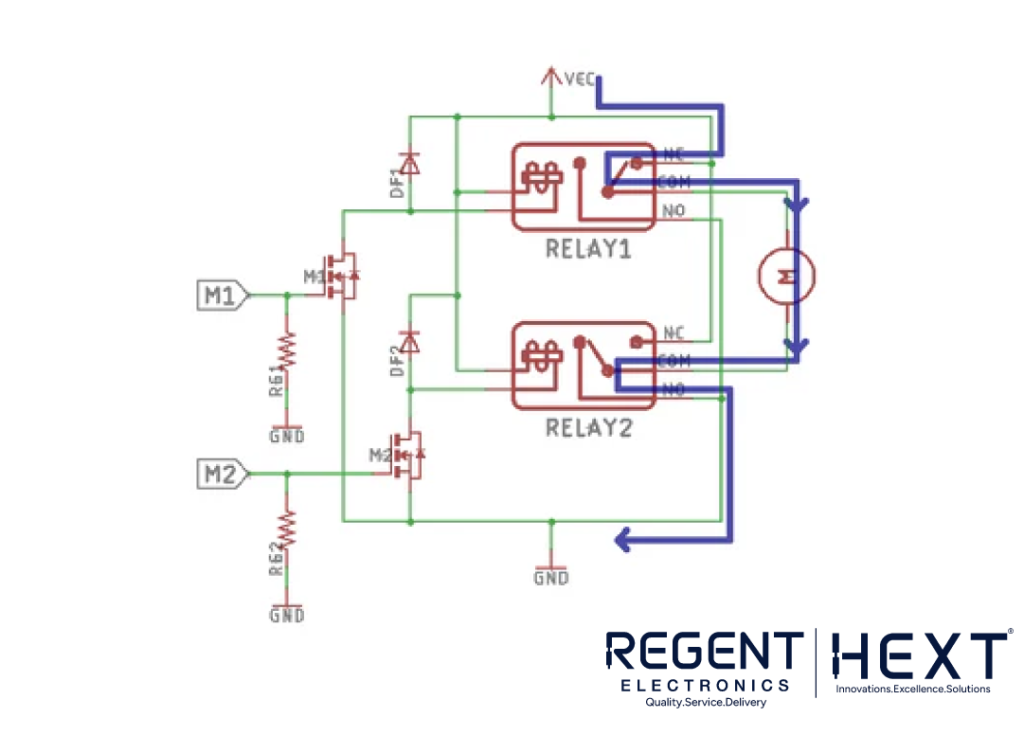
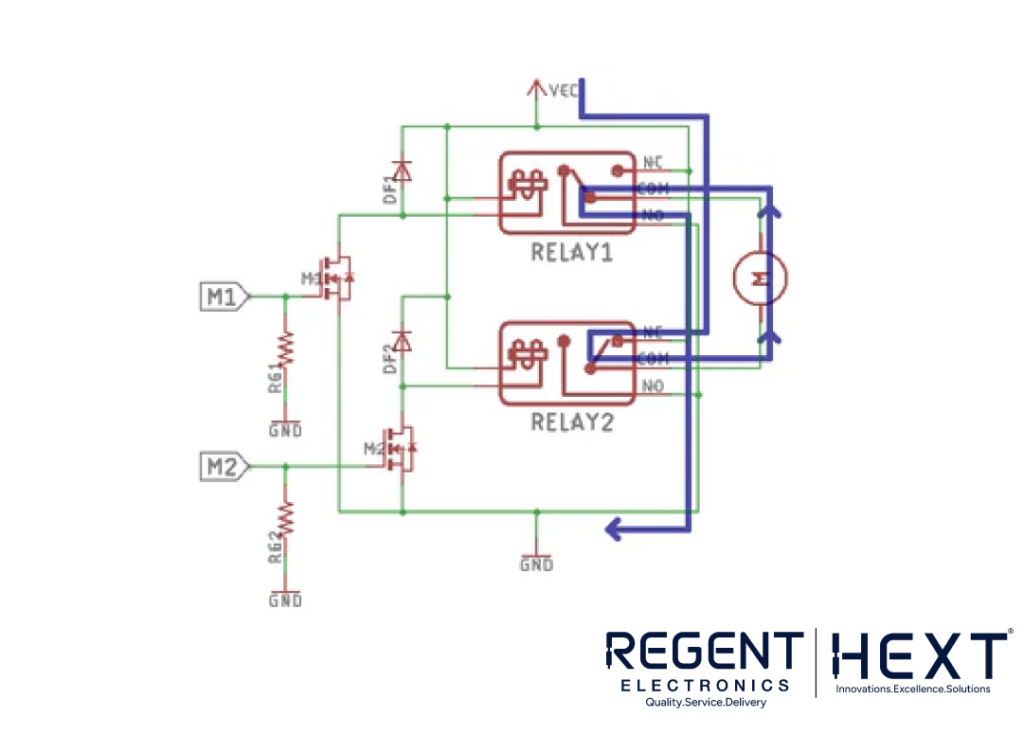
Applications of Latching Solenoid Valves
Latching solenoid valves are widely used across different industries due to their energy efficiency and reliability. Here are some of the key applications:
- Refrigeration & Air Conditioning: Used in HVAC systems for controlling fluid flow.
- Water Treatment Plants: Regulates water flow for purification processes.
- Automated Dishwashers & Washing Machines: Controls the flow of water during different wash cycles.
- Irrigation Systems: Provides automated control for water distribution.
- Public Restrooms: Used for automatic flushing systems in toilets.
- Medical Equipment: Controls the flow of liquids and gases in medical devices such as sphygmomanometers (blood pressure machines).
- Overhead Water Tanks: Manages water flow for automated filling systems.
Why Choose Latching Solenoid Valves for Your Applications?
The latching solenoid valve offers a unique combination of power efficiency, reliability, and quiet operation, making it an excellent choice for various applications, particularly those with power constraints. Whether you’re automating industrial processes, working with battery-powered systems, or simply looking for an efficient fluid control solution, the latching solenoid valve provides long-term benefits.
At Regent Electronics, we offer a wide range of solenoid valves, including latching solenoid valves, to suit different industrial and commercial applications. Browse our collection today to find the right solenoid valve for your needs.
Conclusion
In conclusion, latching solenoid valves provide a highly efficient and versatile solution for fluid control across many industries. Their unique ability to remain in a stable position without requiring continuous power makes them perfect for applications with power limitations or energy constraints. Whether you’re working with water treatment systems, medical devices, or irrigation systems, these valves offer reliability, quiet operation, and reduced energy consumption.
Explore our latching solenoid valve offerings at Regent Electronics to enhance your fluid control systems today!
